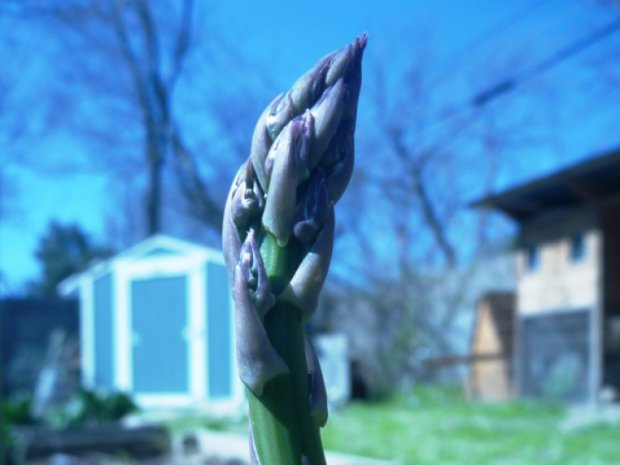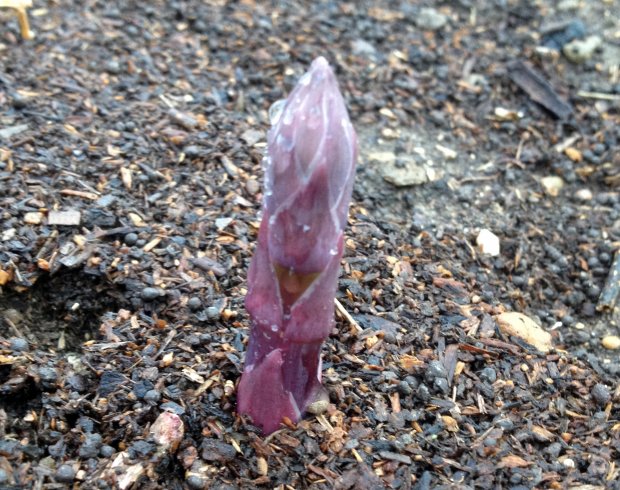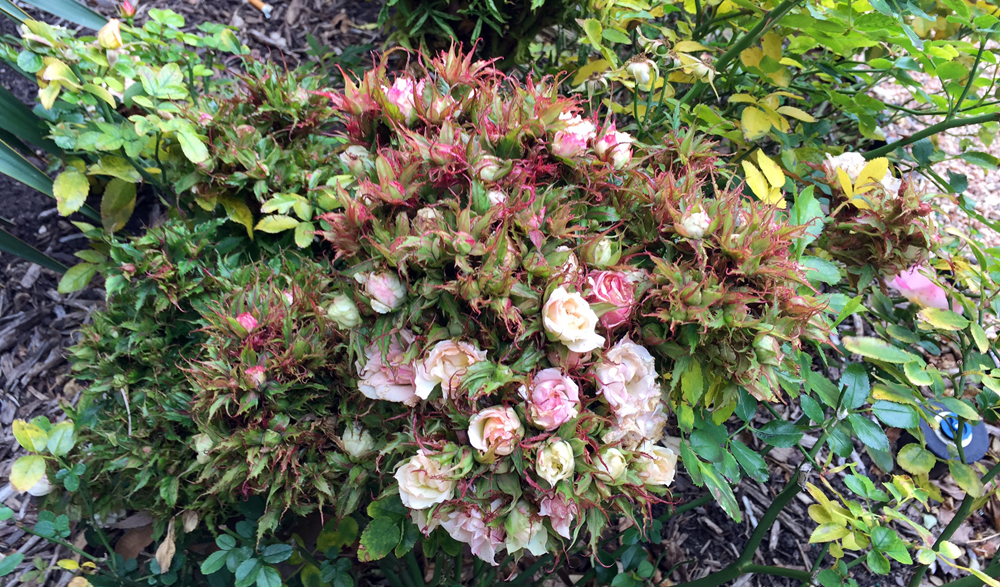March: It’s tomato time in Texas
March 9, 2016
Regardless of the chance of a late freeze, it’s time to get serious about tomatoes. Growing prize-worthy tomatoes is a bit of a right of passage for most gardeners. In fact, tomatoes are typically the first the go-to-fruit for beginning gardeners. They’re easy, right? In some parts of the country, that may be the case. In Dallas? Not so much. North Texas doesn’t exactly offer up the easiest of growing conditions.

While many parts of the country have one condensed edible growing season that spans mid-spring through summer, we have several distinct growing seasons. Less heat-tolerant veggies, like spinach and lettuce, need to be grown fall through winter. Heat-lovers like peppers and eggplant won’t budge an inch until it gets hot. Tomatoes…well, they’re somewhere in between. While tomatoes are a tropical plant and are not frost hardy, they don’t reproduce well once our intense summer heat comes on.
The trick to good tomatoes is timing: Getting them planted such that they squeeze into those “in-between” times in our growing seasons. We have to plant spring crops before it gets too warm and fall crops before it gets too cold.

Here in Dallas, prime time for planting spring 4” tomato transplants is right about mid-March. However, if you hedge your bets and plant earlier, you’ll often get a better harvest. I typically plant mine before March 15th. Once April 1st hits, it’s not advisable to plant 4” tomato transplants. If you live north of Dallas, say up in Frisco, you can probably get away with planting a week or so later. If you’re south of Dallas, then be sure to get plants in the ground by March 15th as a good target.
There are varieties of tomatoes bred to be more heat-tolerant. When you see the word “heat” somewhere in the cultivar name, the plant will most likely fare better in our climate. A couple of years ago a new line of grafted tomatoes called Mighty ‘Matos hit the market. Hybrids and heirlooms have been grafted onto a hardy rootstock in order to make these tomato plants more tolerant of diseases. Plants are vigorous and definitely worth trying in your garden this spring.
You’re sure to find some of the best selections of fresh plants and varieties out at your local garden centers this coming weekend. Be sure to get your soil prepped with plenty of organic compost and composted manure before you plant. Add a tomato or vegetable fertilizer at planting time. Once developing fruit reaches about ¼ it’s mature size, you’ll want to feed plants every two weeks with an organic, dry fertilizer. If you are feeding with a liquid feed, apply to the foliage and roots every week.









